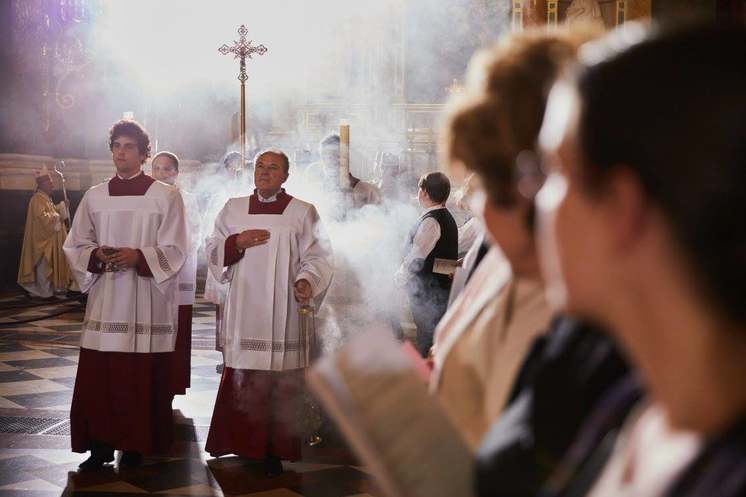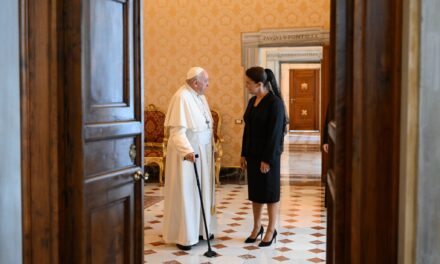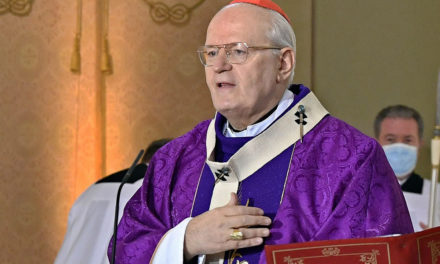May 30 is the celebration of the hand relic of our state founder King István, the transfer of Saint Jobb and his elevation to the altar since 1084, according to the decree of King Saint László (knight). Organized by ethnographer Katalin Juhász, a so-called "folk mass" has been held on this day since 2017, at which the musical service is provided by folk musicians, folk and Gregorian singers.
Katalin Juhász put it this way: "On the first two occasions, I organized the event with the institutional background House of Traditions It was a moving and uplifting experience on all three occasions so far, where believers and non-believers could sing and pray together during the liturgy to experience our togetherness, our Hungarianness.
This is a kind of thanksgiving for the life work of St. István, which has been stable and functioning for a thousand years, and of which we are also a creative part.
This holiday is almost starting to become a second August 20, with the difference that it is not an official state holiday, but a completely grassroots holiday, which this year is a kind of thanksgiving for the easing of the epidemic, for the recoveries, and a prayer for the deceased (including assistant bishop György Snell, the former parish priest of the basilica, the Holy Right Guardian) for his spiritual well-being. Of course, we also remember the originator Béla Halmos, one of the initiators of the dance hall movement."
The Mass will be celebrated by Prothonotary Canon Zoltán Horváth, deacon, mb. parish priest. The participants are: Ward Mária Music Vocational High School, Szent Angéla Ferences High School and the Academy of Music, students and teachers, the musicians and singers of the Hungarian Winding Orchestra and their friends who play the flute, bagpipe, and bagpipe, as well as the Hungarian Royal Guards.
In the mass, two centuries-old musical traditions, the Gregorian and the ecclesiastical folk music, are sung complementing each other. Our great musicologists, László Dobszay, Benjámin Rajeczky and Janka Szendrei, share the merit that the best of the church folk songs recorded during the folklore collections, together with the Hungarian Gregorian chant, were put to the service of the Hungarian Catholic liturgy through the compilation of the Singing Church hymnbook. The movements of the St. Stephen's Mass were compiled from this and from the collection published by Norbert Medgyesy–Anna Vakler under the title Songs about St. Stephen.
Source: magyarnemzet.hu
Featured photo: Gábor Dusa/ Illustration












